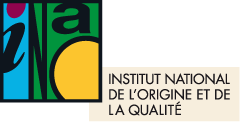This article is older and has been archived.
It remains accessible, but the information provided may be out of date or incorrect.
News
Wine PDO/AOC: the innovation assessment system (DEI) comes into force
Technical innovation is essential to meet today's challenges, particularly in the face of climate change. The innovation assessment system is a new tool available to ODGs, alongside direct modifications to specifications and experimentation. The directive explaining the procedure for setting up and monitoring this tool has just been published.
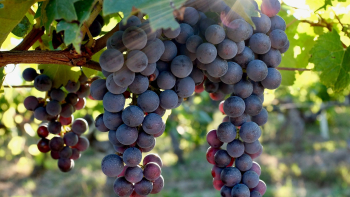
Innovating while respecting the link to origin
INAO has undertaken a review of its procedures and developed tools available to wine-producing defense and management organizations (ODG) to support them in their adaptation processes. Objective: to provide the means to test innovations while enabling the products resulting from these experiments to claim the benefit of the PDO/AOC, within a defined framework guaranteeing respect for their specific features.
In 2018, the Comité national des Appellations d'origine relatives aux vins et aux boissons alcoolisées, et des boissons spiritueux (CNAOV) had already validated the so-called VIFA (varieties of interest for adaptation purposes) directive. This directive enables ODGs who so wish to include in their specifications the possibility of observing, for at least 10 years, the behavior of vine varieties whose characteristics suggest that they will enable the company to respond to issues identified by the ODG (e.g. reduction in the quantities of phytopharmaceutical products, increased adaptation to climatic changes, etc.). This tool is implemented on a limited scale, with precise monitoring by a technical organization. To date, some twenty wine AOP/AOCs have mobilized this option.
The directiveextends this approach to cultural or oenological practices. Introduced for the purposes of observation, these innovative production conditions will be evaluated so that, at the end of the observation period, they can be integrated, framed or rejected. This is a participatory science approach mobilizing operators wishing to invest in innovation.
This system, currently restricted to viticulture, will be observed by other SIQO sectors and, if they so wish, adapted to serve products other than wine.
Key points of the DEI
A limitation on the quantities implemented and marketed
As this is an evaluation process, the operator must only be able to implement the evaluated innovation on limited surfaces or volumes: a maximum of 10% of the volumes of products benefiting from the PDO/AOC. The precise modalities for limiting surfaces or volumes released for consumption will be indicated in the specifications.
A protocol for monitoring innovations
As this process is carried out by operators in the appellation, its monitoring protocol must be adapted. ODGs must choose a referent technical organization, authorized to conduct experiments, to validate the protocol, supervise data collection and processing, and carry out the evaluation assessment.
The establishment of an agreement
The operator volunteering to take part in this collective expertise must commit to carrying out the observations, measurements and sampling defined by the protocol. To this end, they sign an agreement with the ODG and the INAO. This agreement sets the duration of the assessment period, which depends on the condition to be assessed (e.g. 10 years for varieties of interest for adaptation purposes).
Reversibility
This agreement also stipulates that the operator agrees to submit to the decisions of the INAO authorities at the end of the assessment period. Thus, if a return to the initial condition is decided by the National Committee, the winegrower will have to either change his practices or production tool, or no longer claim the benefit of the AOC.
Related documents
Projet de convention de suivi du dispositif d'évaluation des innovations
Projet de convention de suivi du dispositif d'évaluation des innovations
Directive n°INAO-DIR-2023-01 - Prise en compte des innovations liées aux enjeux contemporaines dans les cahiers des charges, mise en place et suivi de dispositif d’expérimentation ou d’évaluation
Directive n°INAO-DIR-2023-01 - Prise en compte des innovations liées aux enjeux contemporaines dans les cahiers des charges, mise en place et suivi de dispositif d’expérimentation ou d’évaluation
All the news about viniviticulture
Meeting under the aegis of INAO, the Comité national des appellations d'origine relatives aux vins, boissons alcoolisées...
News
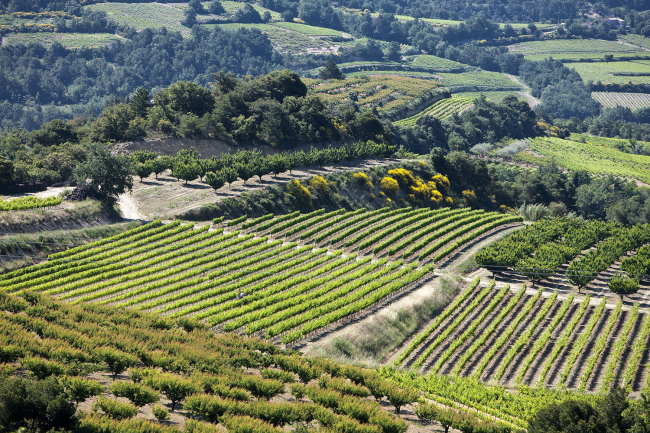
News
In a difficult economic context, and in order to adapt to contemporary challenges, in particular climate change, which...
News
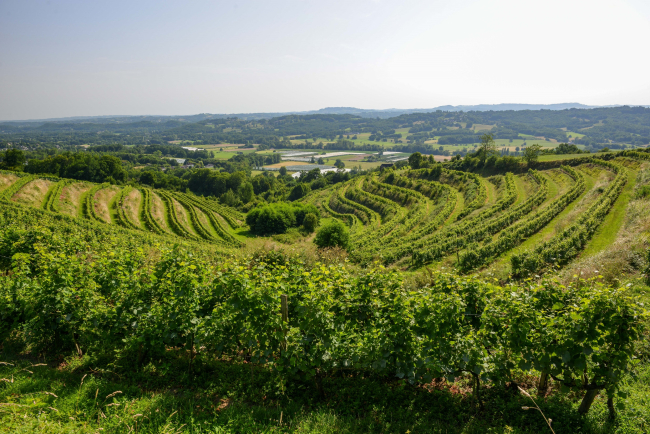
News
Meeting on June 11 and 12, 2025, INAO's Comité national des appellations d'origine relatives aux vins, boissons...
News
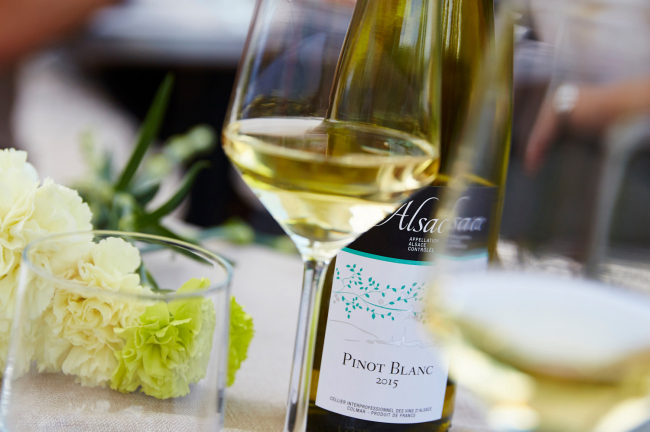
News
